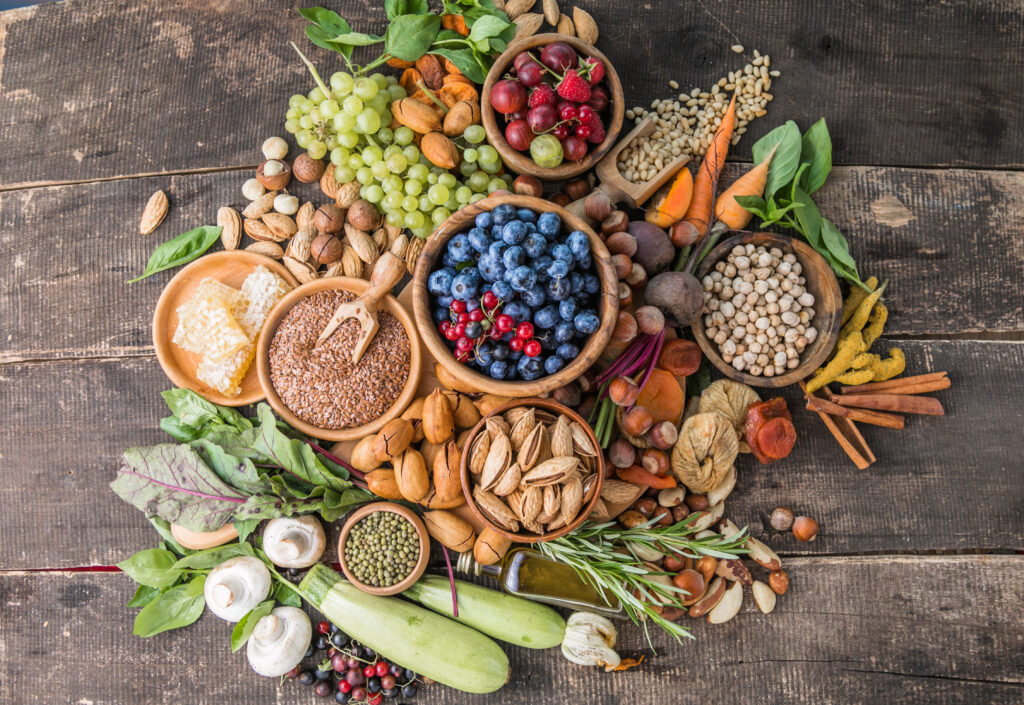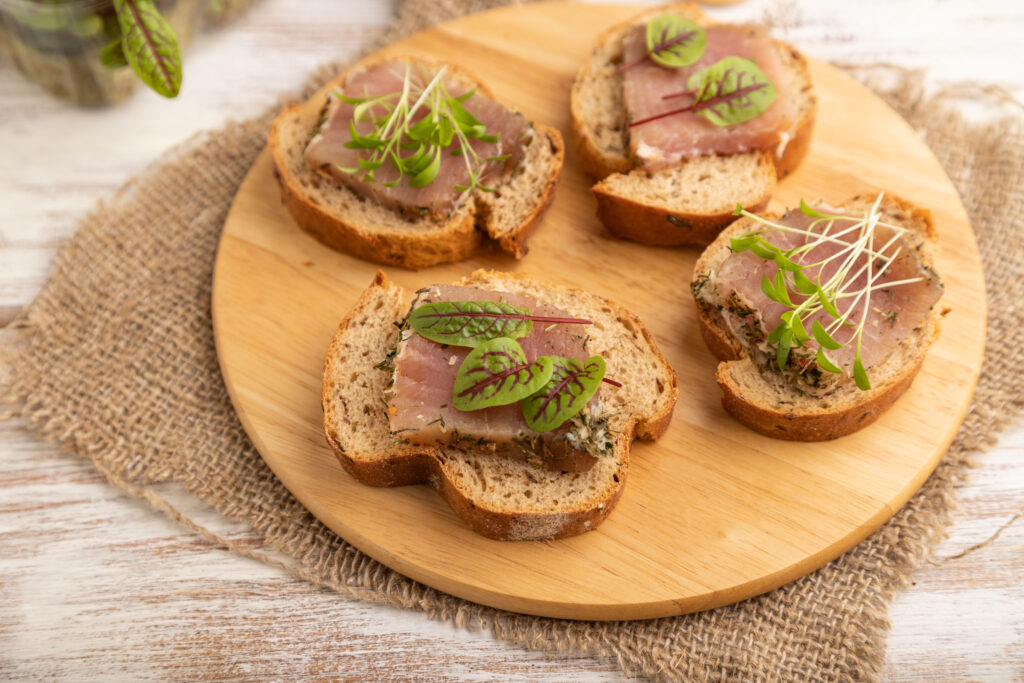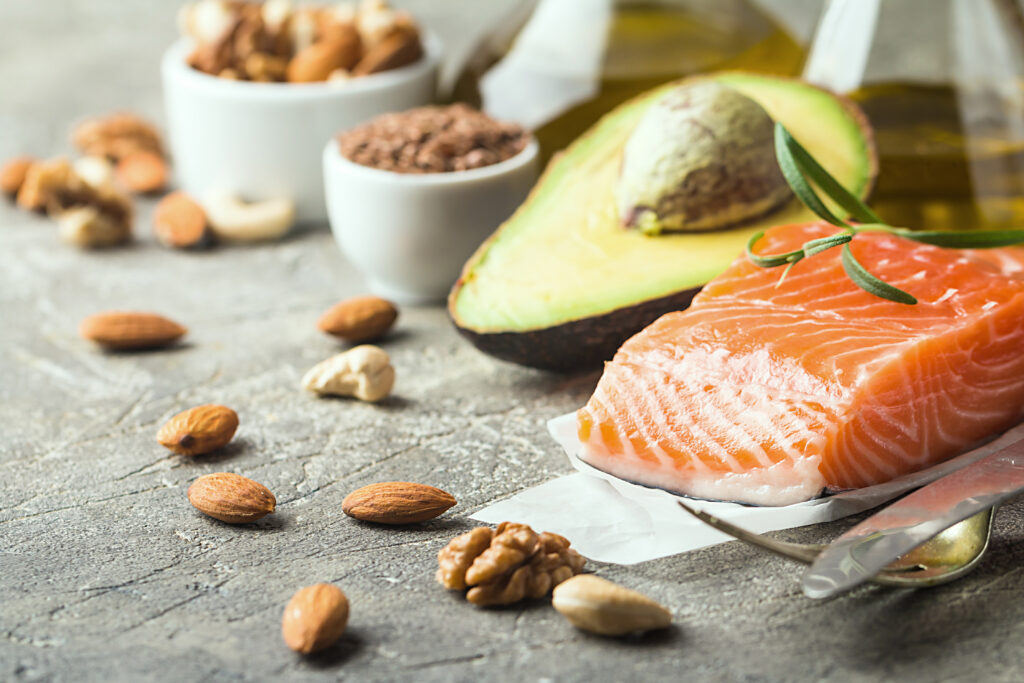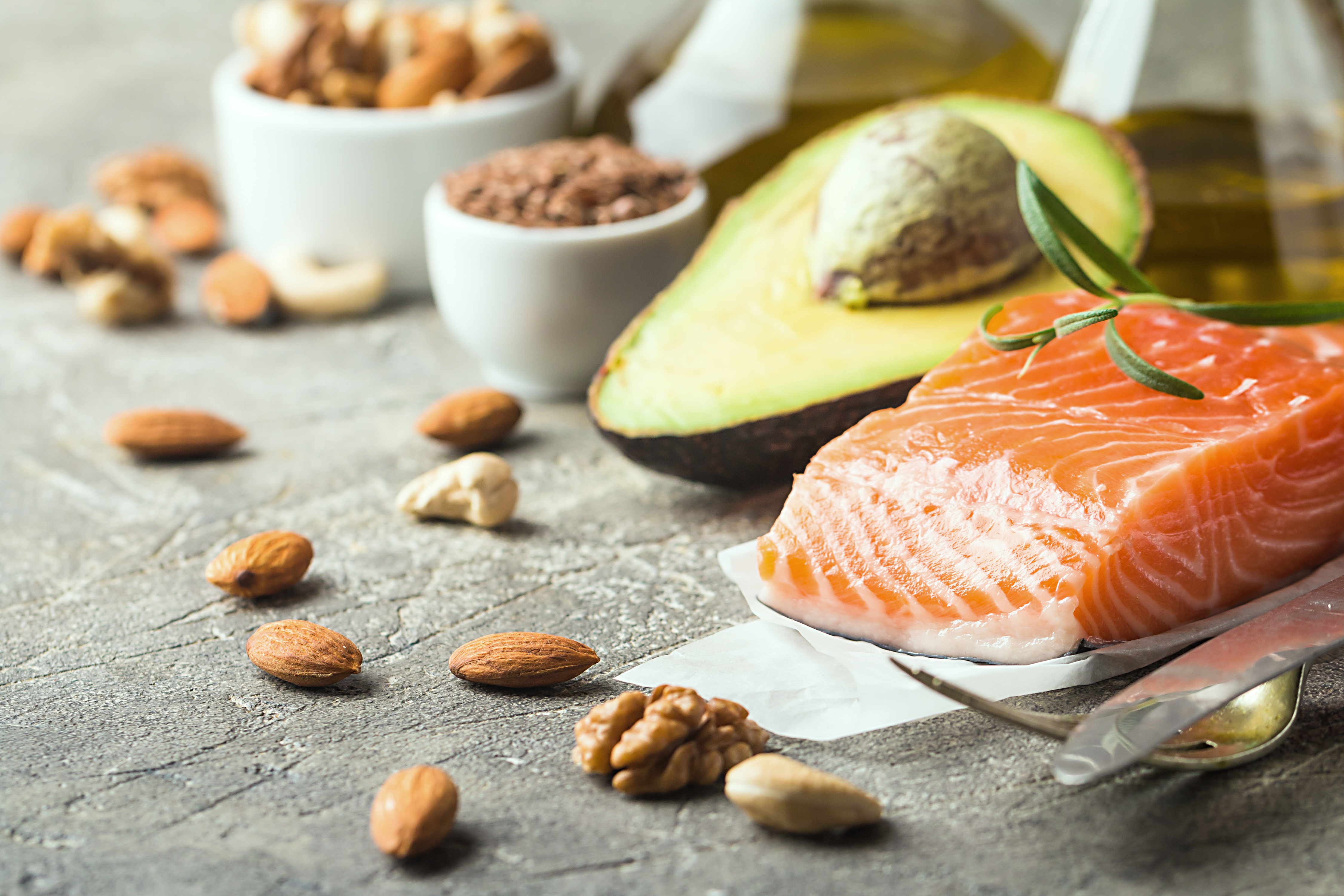If you are anything like me, you are always busy! It’s easy to neglect our health and well-being when we are running in 1,000 different directions. We often prioritize convenience over nutritious choices, leading to poor dietary habits and a decline in our overall health. However, by understanding how to eat right and feel your best while making informed food choices, we can take control of our well-being and feel our best.
In this comprehensive guide, we will explore various aspects of eating right and feeling great. We’ll delve into the importance of a balanced diet, the role of specific nutrients, and how to incorporate healthy eating habits into our daily lives. So, let’s embark on this journey to discover the secrets of optimal nutrition and well-being.
Table of Contents
- Introduction
- Understanding the Basics of Nutrition
- The Importance of a Balanced Diet
- Macronutrients: Fueling Your Body
- Micronutrients: Essential for Health
- Building a Healthy Plate
- Incorporating Fruits and Vegetables
- Choosing Whole Grains
- Including Lean Proteins
- Incorporating Healthy Fats
- Hydration: The Key to Vitality
- The Importance of Water
- Hydrating Beverages and Their Benefits
- Mindful Eating: Cultivating a Healthy Relationship with Food
- Listening to Your Body’s Hunger Cues
- Practicing Portion Control
- Avoiding Emotional Eating
- Making Smart Food Choices
- Understanding Food Labels
- Identifying and Avoiding Processed Foods
- Choosing Organic and Locally Sourced Foods
- Tailoring Your Diet to Your Unique Needs
- Dietary Considerations for Different Life Stages
- Special Dietary Needs and Restrictions
- The Benefits of Customized Meal Planning
- The Role of Exercise in a Healthy Lifestyle
- The Synergy of Nutrition and Exercise
- Incorporating Physical Activity into Your Routine
- The Benefits of Regular Exercise
- Strategies for Long-Term Success
- Setting Realistic Goals
- Overcoming Challenges and Roadblocks
- Celebrating Small Victories
- Seeking Professional Guidance
- Consulting Registered Dietitians or Nutritionists
- Utilizing Online Resources and Apps
- Joining Supportive Communities
How to Eat Right and Feel Your Best
Maintaining a healthy diet is vital for our physical, mental, and emotional well-being. By nourishing our bodies with the right combination of nutrients, we can enhance our energy levels, support our immune system, and reduce the risk of chronic diseases. However, with the abundance of conflicting information available, it can be challenging to determine the most effective dietary strategies.
In this guide, we aim to provide you with evidence-based information and practical tips on how to eat right and feel your best. By understanding the basics of nutrition, building a balanced plate, and adopting mindful eating habits, you can optimize your health and vitality. We’ll also explore the importance of hydration, the role of exercise, and strategies for long-term success.
So, let’s dive into the world of nutrition and discover how simple dietary choices can have a profound impact on your overall well-being.
Understanding the Basics of Nutrition
To eat right and feel your best, it’s essential to have a solid foundation of nutrition knowledge. Understanding the role of macronutrients and micronutrients in our bodies can help us make informed food choices and design a balanced diet.
The Importance of a Balanced Diet
A balanced diet is the cornerstone of good health. It involves consuming a variety of foods from different food groups to ensure the intake of all essential nutrients. A well-rounded diet provides the necessary energy, vitamins, minerals, and phytochemicals our bodies need to function optimally.
When planning your meals, aim to include foods from the following categories:
- Fruits and Vegetables: These are rich sources of vitamins, minerals, and dietary fiber. They provide essential antioxidants that protect our cells from damage and reduce the risk of chronic diseases.
- Whole Grains: Whole grains, such as brown rice, quinoa, and whole wheat bread, are packed with fiber, B vitamins, and minerals. They promote healthy digestion, regulate blood sugar levels, and support heart health.
- Lean Proteins: Proteins are the building blocks of our bodies. They are essential for tissue repair, muscle development, and hormone production. Opt for lean sources of protein, such as poultry, fish, tofu, and legumes.
- Healthy Fats: Healthy fats, found in foods like avocados, nuts, and olive oil, are crucial for brain health, hormone regulation, and nutrient absorption. Incorporating these fats into your diet can promote satiety and reduce the risk of heart disease.

Macronutrients: Fueling Your Body
Macronutrients are the nutrients our bodies need in large quantities to provide energy and support various bodily functions. The three macronutrients are carbohydrates, proteins, and fats.
- Carbohydrates: Carbohydrates are the primary source of energy for our bodies. They are found in foods like fruits, vegetables, whole grains, and legumes. Complex carbohydrates, such as whole grains, provide sustained energy, while simple carbohydrates, like sugar, provide quick energy but should be consumed in moderation.
- Proteins: Proteins are essential for building and repairing tissues, producing enzymes and hormones, and supporting immune function. Animal sources like meat, fish, and eggs are complete proteins, meaning they contain all essential amino acids. Plant-based proteins, such as legumes, tofu, and quinoa, can also provide a complete protein profile when combined.
- Fats: Fats are a concentrated source of energy and play a vital role in hormone production, nutrient absorption, and cell function. Healthy fat sources include avocados, nuts, seeds, olive oil, and fatty fish like salmon. It’s important to choose unsaturated fats and limit saturated and trans fats for heart health.

Micronutrients: Essential for Health
While macronutrients provide energy, micronutrients are essential for the proper functioning of our bodies. Micronutrients include vitamins and minerals, which are required in smaller quantities but are crucial for growth, development, and overall health.
- Vitamins: Vitamins are organic compounds that our bodies need in small amounts for various metabolic processes. They play essential roles in supporting immune function, promoting healthy vision, facilitating cell growth, and many other functions. Vitamins can be obtained through a balanced diet or, in some cases, through supplementation.
- Minerals: Minerals are inorganic compounds necessary for the proper functioning of our bodies. They are involved in processes such as bone formation, nerve function, and fluid balance. Common minerals include calcium, iron, zinc, magnesium, and potassium. Consuming a diverse range of foods can help ensure an adequate intake of minerals.
By understanding the importance of macronutrients and micronutrients, you can begin to make informed food choices and design a diet that supports your overall health and well-being. In the next section, we’ll explore how to build a healthy plate by incorporating a variety of nutritious foods.
I started taking Ritual vitamins a few months ago. I did a lot of research before deciding on Ritual. I based my decision on the ingredients and the price. At $35 a month it was less expensive than some of the other vitamin subscriptions and much less of a headache than trying to put s concoction together at Walmart. I don’t have a health food store anywhere nearby, so this is a great option for me.
Since I’ve started taking vitamins on a regular basis, I’ve noticed that my sleep has improved, though I still have bouts of pretty severe insomnia (thanks perimenopause and a lifetime of insomnia!). I was able to stop taking a sleep aid every night. My skin also looks healthier. I was hoping for more improvement for IBS, but I may be a hopeless case there.
P.S. I get the orange flavor and I like it better than the mint. Get $15 off here.

Building a Healthy Plate
When it comes to eating right and feeling your best, the composition of your plate is key. Building a balanced plate ensures that you’re providing your body with the necessary nutrients while controlling portion sizes. Let’s explore how to create a healthy plate by incorporating different food groups.
Incorporating Fruits and Vegetables
Fruits and vegetables are nutritional powerhouses that should form a significant part of your daily diet. They are low in calories and high in vitamins, minerals, antioxidants, and dietary fiber. Including a variety of fruits and vegetables in your meals provides a wide range of nutrients and phytochemicals that support overall health.
When building your plate, aim to make half of it filled with fruits and vegetables. Choose colorful options to ensure a diverse nutrient profile. Incorporate leafy greens, such as spinach and kale, as well as vibrant fruits like berries and citrus fruits.
Choosing Whole Grains
Whole grains offer a wealth of nutrients and dietary fiber, making them an essential part of a balanced diet. Unlike refined grains, which have been stripped of their bran and germ, whole grains retain these nutritious components. This ensures a higher fiber content and a slower release of energy, keeping you fuller for longer.
Include whole grains such as brown rice, quinoa, whole wheat bread, and oats in your meals. These grains are versatile and can be used in various dishes, from stir-fries to salads and grain bowls.

Including Lean Proteins
Protein is an essential macronutrient needed for tissue repair, muscle development, and various other bodily functions. Including lean sources of protein in your diet ensures you’re getting the necessary amino acids without excess saturated fats.
Opt for lean proteins such as chicken breast, turkey, fish, tofu, lentils, and beans. These options provide high-quality protein and can be prepared in a variety of ways to suit your taste preferences.
Incorporating Healthy Fats
Contrary to popular belief, not all fats are bad for you. In fact, healthy fats play a crucial role in our health and well-being. They provide energy, support cell growth, protect organs, and help absorb fat-soluble vitamins.
Include healthy fats such as avocados, nuts, seeds, olive oil, and fatty fish like salmon in your diet. These fats can be used in cooking, salad dressings, or as a topping for dishes like yogurt or oatmeal.

By building a plate that incorporates a variety of fruits, vegetables, whole grains, lean proteins, and healthy fats, you can provide your body with the necessary nutrients for optimal health and well-being. In the next section, we’ll explore the importance of hydration and its impact on how you feel.











